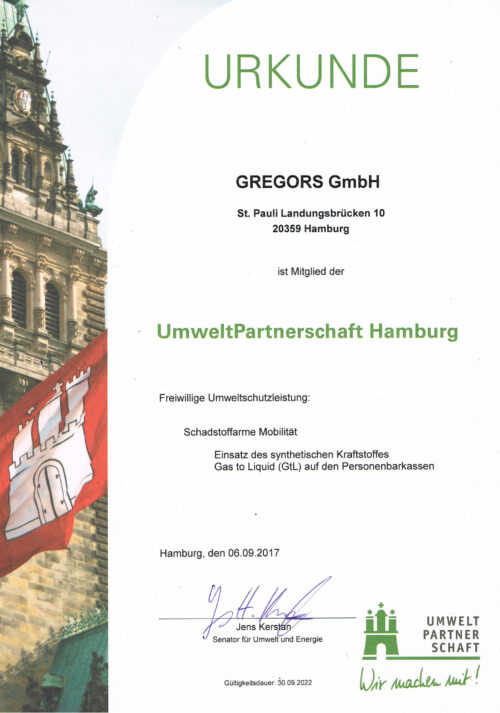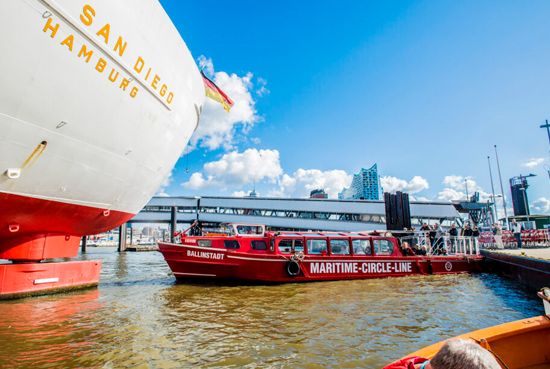SHIP PROGRAM FOR COMPLIANCE WITH THE NEW REGULATIONS
All barges have been converted – safely through the harbor with the Maritime Circle Line
The Maritime Circle Line (MCL) was the first Hamburg barge company to convert the entire fleet according to the new safety regulations – while still being able to implement in-house ideas.
The ships now meet the new safety guidelines, which had to be implemented by all operators by 2012. The conversion costs amounted to around 80,000 euros per boat – a new barge costs at least 700,000 euros.
No solution for most operators. MCL shipowner Gregor Mogi wanted to continue using his historic barges – the oldest from 1909 – for passenger transport. Therefore, the hull of each ship was divided into five areas by installing four bulkheads. If water leaks into a section, it is closed and the others prevent the boat from going under quickly. “And in the meantime, the guests can be taken off-board in peace,” explained Mogi.
In addition, at least a third of the passenger compartment should be open. For this purpose, the heated interior of some barges had to be reduced. But here too Mogi came up with something: “So that our guests do not have to sit in the typical Hamburg dirty weather, there is now a tarpaulin.” This automatically opening roof can be brought up in seconds in the event of danger and thus fulfills the high-security requirements.
At the same time, Gregor Mogi used the conversion to take further measures: the heating systems were modernized, the interiors redesigned, and insulation and weather protection improved.
The new regulations in detail
A.) Sink safety – 3 waterproof areas
The hull must be divided into three watertight areas.
In the event of a leak, it should be ensured that the vehicle can still be carried by the two dry areas in a flooded area.
Measures: In order for experts to be able to simulate and plan these requirements using special computer programs, the vehicles first had to be measured with great effort.
Two metal walls with watertight bulkheads were installed in the hull. Work on the bushings for the rounding system and driveshaft was particularly difficult.
The bulkhead between the passenger compartment and the aft deck can be opened and closed automatically; manual bulkheads have been installed for the foredeck and the toilet.
B.) Open passenger compartment
A third of the passenger compartment must be open. For many barges, the heated interior had to be reduced.
C.) Automatic tarpaulin
Weather protection (tarpaulin) in the open part of the passenger compartment may only be used if it can be opened automatically by the skipper in the steering position and on-site.
The tarpaulin that was previously only used to be opened manually may no longer be used when transporting passengers.
Tokyo barge after renovation
How it works: The new tarpaulin is automatically pulled up by rubber ropes in less than 1 second. The tarpaulin is pulled back by hand crank without much effort and the rubber ropes are tensioned again. The opening of the tarpaulin is triggered by a lever on the aft deck or by a switch in the steering position.



